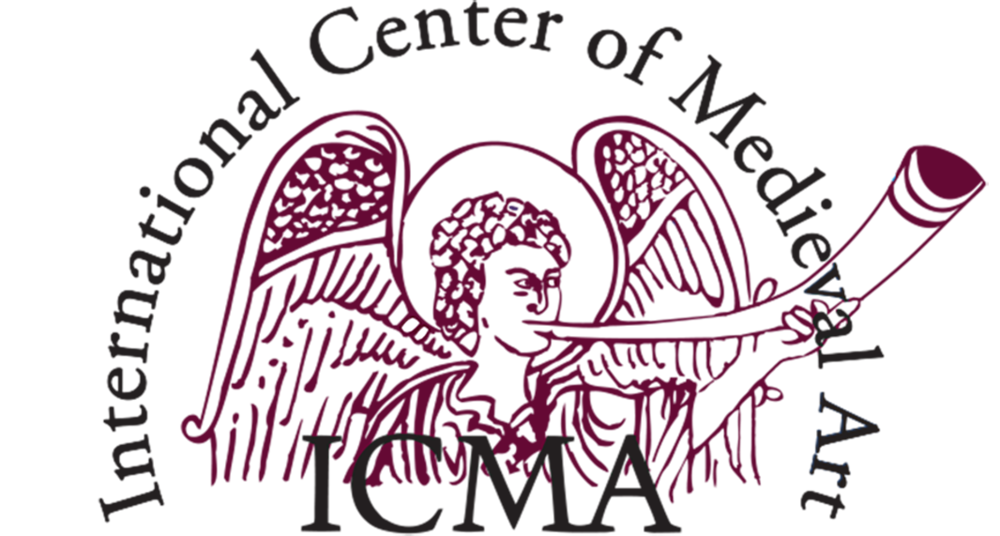CALL FOR CONTRIBUTIONS
MEDIEVAL BORDERS AND THE ENVIRONMENT
ED. DR. ELISA RAMAZZINA
ABSTRACTS DUE 15 MARCH 2023
Proposals for essays in English (c. 8000-12000 words) are warmly welcomed on the topic "borders, the elements, and the environment'
This volume, provisionally titled Medieval Borders and the Environment, will be submitted to Brill to be included in the new series "Elements, Nature, Environment: Multidisciplinary Perspectives from the Ancient to the Early Modern World" edited by Dr. Marilina Cesario and Dr. Andreas Lammer. The volume's goal is to provide a venue for interdisciplinary research on the time period between about 500 and 1500 or slightly later. It intends to promote study on underrepresented parts of the medieval world, broadly construed, as well as articles that examine interconnections across regions and cultures.
The volume aims at covering topics from the following regions, broadly intended: Europe, including Northern and Eastern Europe Central Asia, South Asia, India, Japan, China, North and South Africa, East and West Africa, Oceans and Seas, the Americas, Australia, and Oceania.
The book aims to respond to the following questions:
What fundamental characteristics did borders have during the Middle Ages?
What did the word "boundary" mean in general?
Were boundaries separating one thing from another real or imaginary?
How did borders affect the environment? What effects did boundaries have on the local environment, as well as the cultures and people that inhabited it? And how have borders changed or been defined in relation to the environment?
Have toponymy and borders been influenced by elemental theory, or vice versa?
What impact had the environment on the spread of epidemics? Did it promote its expansion or serve as a barrier? Ans how did disease affect borders?
What effects have the environment and borders had on culture, the dissemination of knowledge (including that pertaining to science, engineering, and currents in the arts and architecture), dietary customs, clothing, trade, and movement in general?
All other contributions have been confirmed, and they include real and imaginary borders in medieval Rus', the transmission of the Old Norse materia medica between Scandinavia and the continent, material mobilities within commercial markets as political and cultural boundary crossings between medieval Korea and Mongolia, and the spread of iconographic motifs with artistic, magical, and political purposes in the Baltic Sea region, among others. Final contributions will be due in May 2024.
Proposals might include but are not limited:
Border Studies;
Old and Middle German Studies;
Lombard language, history and culture;
Gothic language, history and culture;
Celtic Studies;
Medieval Romance Studies (including French);
Medieval Islamic Studies;
Pre-Columbian cultures;
Geography and Cartography, including Human Geography;
Toponymy (especially in connection with environmental features and elemental theory);
History of Science;
Landscape Epidemiology;
History of Medicine;
Environmental History;
Sociology;
Anthropology;
Etc.
Please send 200-300 word abstract of your proposed essay, and a brief introduction of yourself, to the editor: Dr. Elisa Ramazzina (elisa.ramazzina@unipv.it), Queen’s University Belfast. The deadline for the submission of proposals is March 15, 2023.
For a copy of the CFP, click here.

